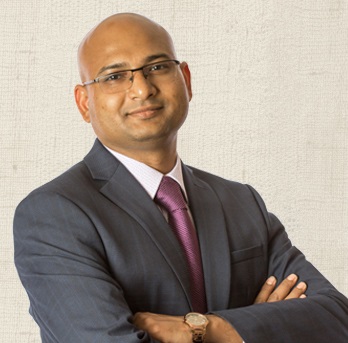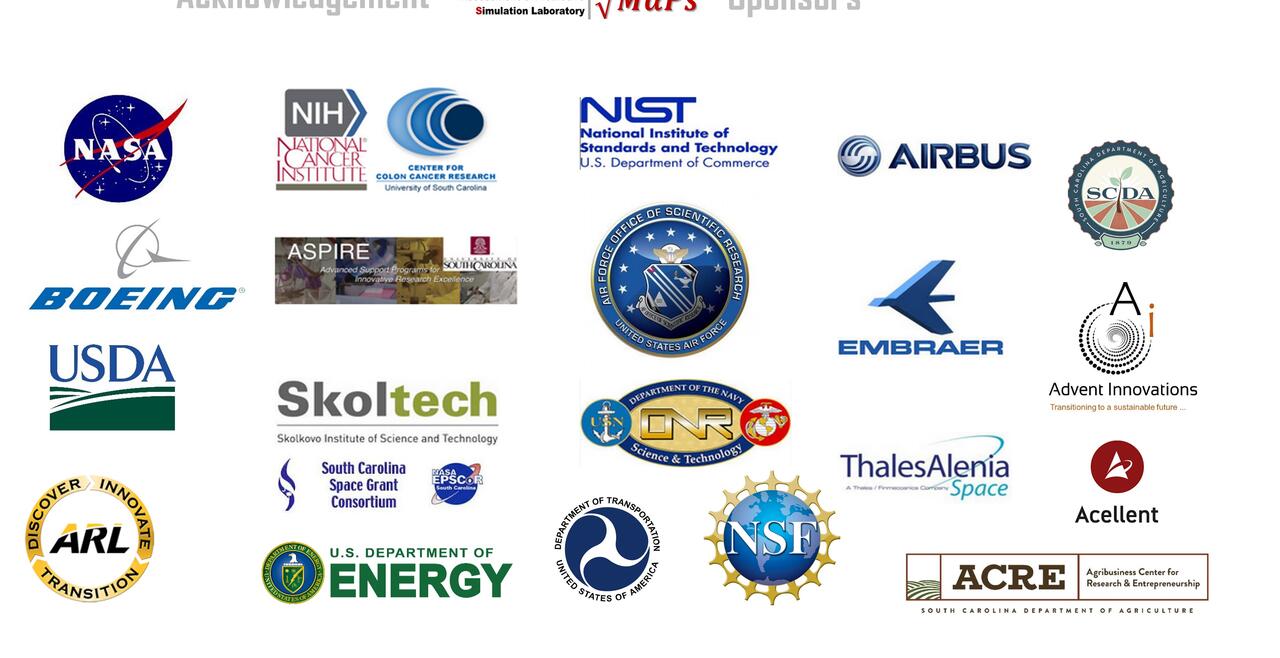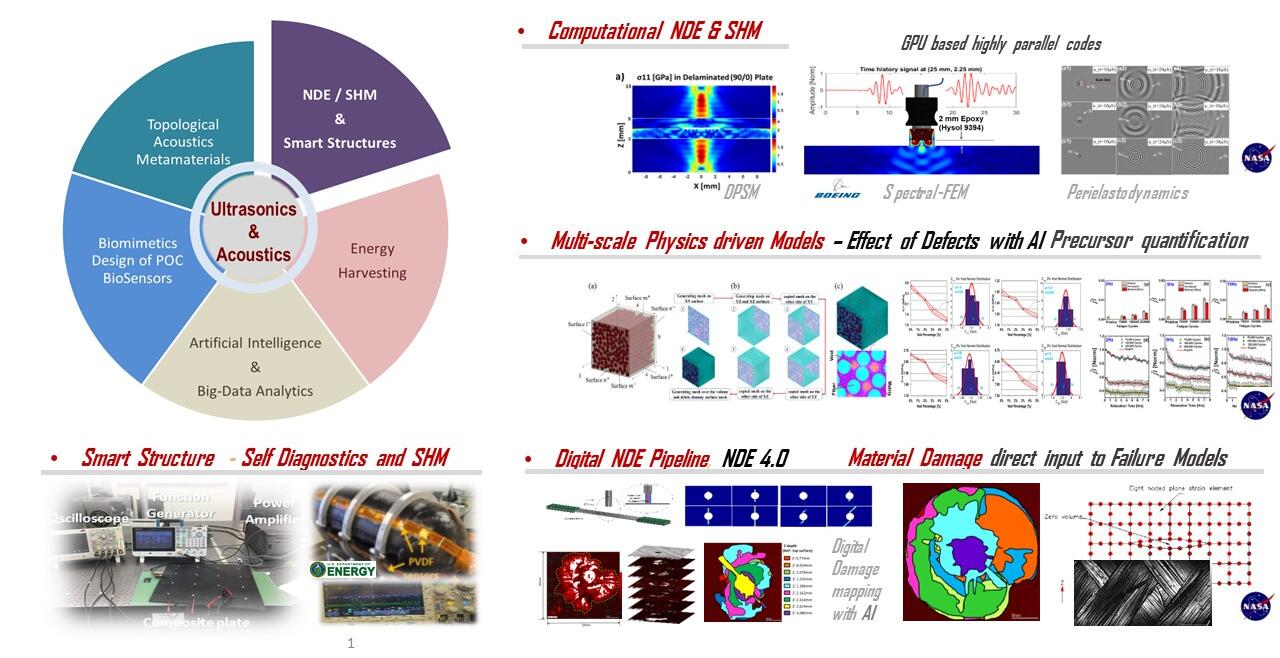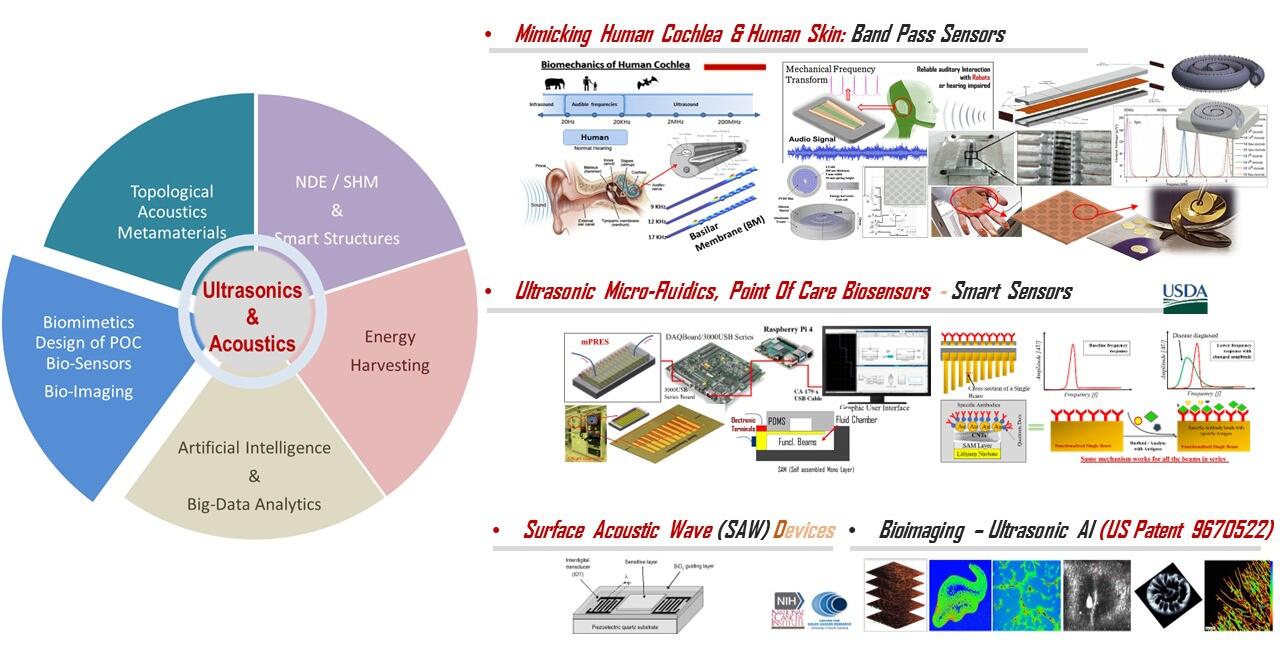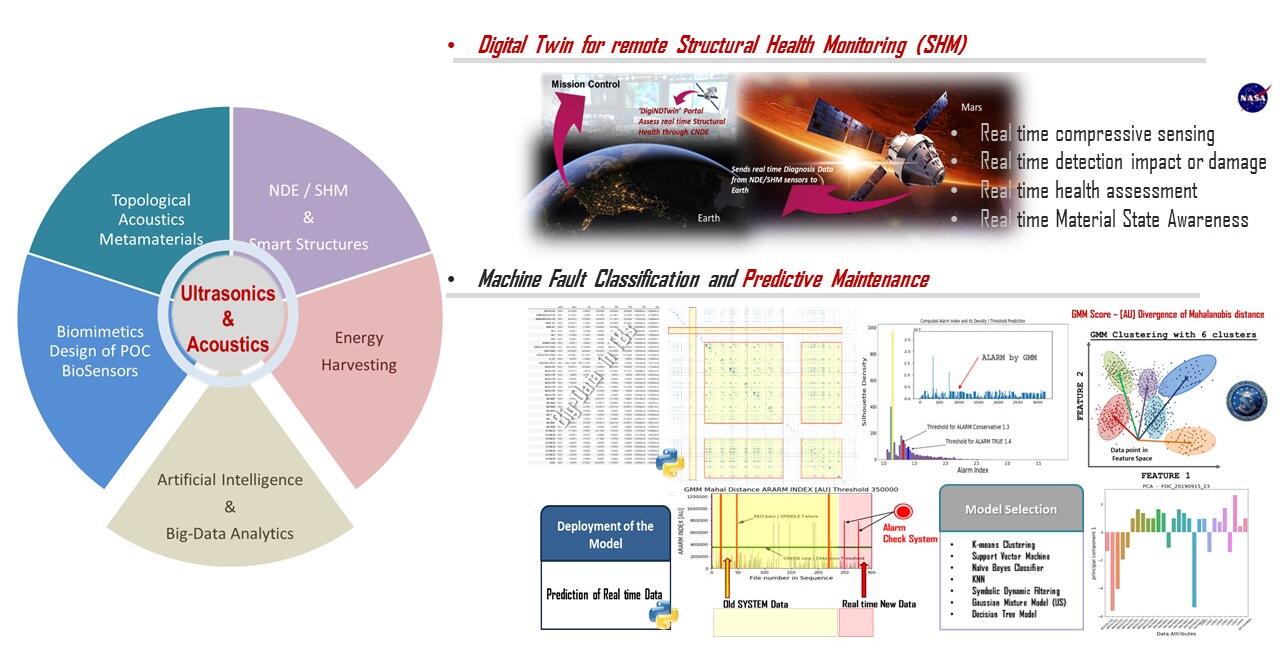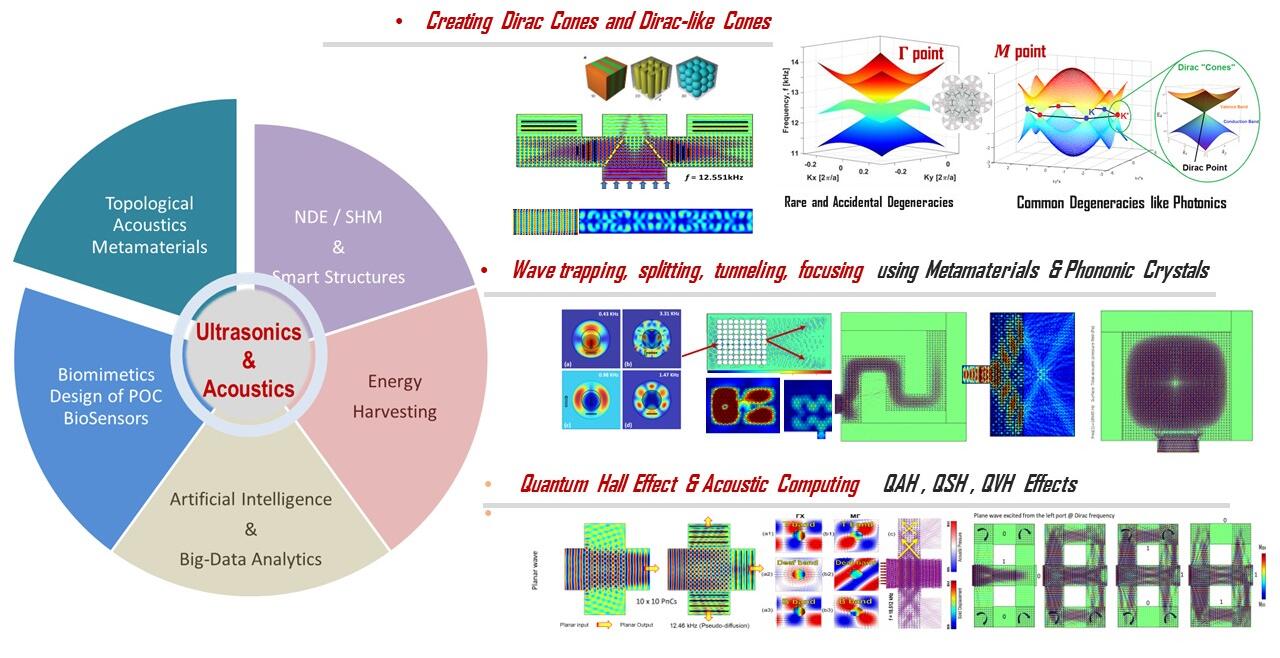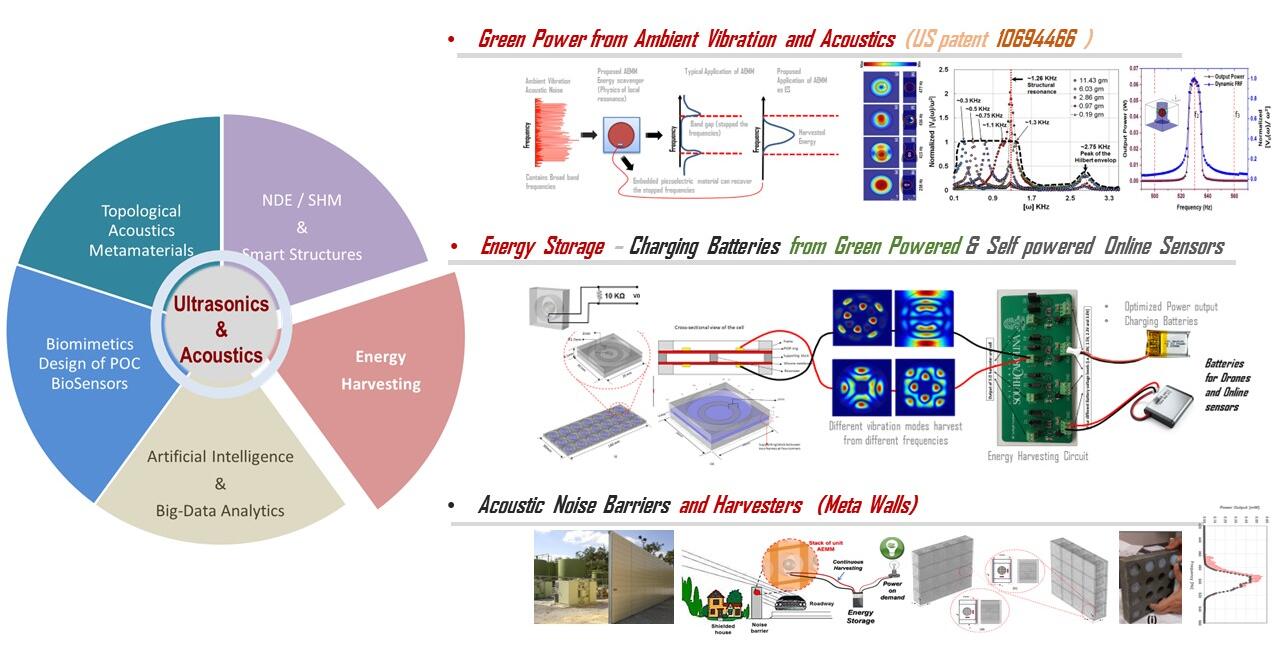Sourav Banerjee
Professor, Department of Mechanical Engineering
About Banerjee
Dr. Sourav Banerjee, Fellow of ASME is a Professor in the Department of Mechanical Engineering at the University of South Carolina.
Dr. Banerjee is a Fellow of American Society of Mechanical Engineers (ASME). He received PhD in Engineering Mechanics and Applied Mathematics from the University of Arizona (UofA), Tucson in 2005. He received his Bachelor and Master degrees from IIEST, Shibpur and IIT, Bombay, respectively. During M.Tech he was a DAAD scholar and worked at the Institute of Structural Mechanics and Dynamics in Aerospace Engineering (ISD), University of Stuttgart, Germany.
Dr. Banerjee's research program at USC focuses on NDE 4.0 with computational nondestructive evaluation (NDE), autonomous Ultrasonic NDE and Digital-Twin for NDE and SHM of Aerospace, Naval and Nuclear Structures. Additionally, his fundamental research includes, Wave propagation in metamaterials, Sensors, Instrumentations and Robotics for NDE/SHM. While doing so his efforts often gear towards the creation of Artificial Intelligence (AI) for the Digital-twin of mechanical systems and structures. His work has been recognized throughout the world and received numerous awards. Dr. Banerjee received Achenbach Medal, a young investigator award in 2010 and SHM person of the year (SHMPOY) award in 2019 are noteworthy. He also received numerous national and internal awards.
Dr. Banerjee is committed to the highest standard of Research and Education at USC while creating future workforce for US defense, industry and academia.
Contact
 OFFICE LOCATION
OFFICE LOCATION
Room A124
300 Main Street
Columbia, SC
![]() Email
Email
banerjes@cec.sc.edu
![]() Phone
Phone
803-777-4596
Banerjee's Research Group
Research Interests
Ultrasonic NDE & SHM
Ultrasonic Nondestructive Evaluation (NDE) and Structural Health Monitoring (SHM) are the key to ensure safety of the materials and structures, include Aerospace, Naval, Civil, Transportation and Military structures. After manufacturing, materials or structures must go through NDE for their respective certification for respective applications. With digitization and increasing demand of materials manufacturing is speeding up and thus NDE needs to keep up with the similar pace. Parallel to the concept of Factory 4.0, NDE 4.0 is realized with Robotic enabled autonomous NDE. i-MAPS explores in-situ NDE and Digital NDE that are key to the new generation high rate manufacturing. Dr. Banerjee has unique blend of autonomous process with Digital NDE pipeline that may support this demand. Some of these techniques include, Custom Robotics, Computational NDE (CNDE), Design for Inspection, Digital integration of autonomous data analysis, autonomous defect recognition with progressive failure analysis (PFA) through Artificial Intelligence (AI).
i-MAPS is funded by NASA in past 10 years and continuously getting funded to overcome the challenges associated with Ultrasonic NDE 4.0 . Please refer Dr. Banerjee's book on 'Computational Nondestructive Evaluation Handbook', published by CRC press in 2020, for more details.
Quantum Analogous Elastic Wave Propagation and the Physics of Topology
Elastic wave propagation in solids and fluids is a fascinating subject with many intriguing physics that are still unknown. Under this research interest Dr. Banerjee explore waves in various engineered periodic media called Metamaterials, study absolute band gaps (BG), directional band gaps, quantum Hall trio effects on acoustic and elastic waves specially at the Dirac cones and Dirac-like cones, topological behaviors of waves, quantum analogous formulation of elastic waves, understanding spin effects on topology.
Dr. Banerjee published a book on this topic, Metamaterials for Topological Acoustics, in 2023.
Digital Twin for Nondestructive Evaluation (NDE) & Structural Health Monitoring (SHM)
i-MAPS research explores Digital-Twin capability for NDE & SHM of Aerospace and Naval structures. This activity included localized sensor data processing (edge computing), intermediate data hybridization (fog computing), Machine learning (ML), development of artificial intelligence (AI) coupled with unique physics-driven predictive models, structural asset management.
Piezoelectric Materials and Applications
Dr. Banerjee's keen interest on innovative functionalities of piezoelectric material created several avenues of research interests, includes Energy Harvesting (EH) from ambient vibration, Point-of-Care (PoC) Biosensors for quick detection of disease or antibodies using Surface Acoustic Waves (SAW), Piezoelectric Transformers (PT) for voltage amplification and generation of Piezoelectric Plasma (PP), for diverse applications.


